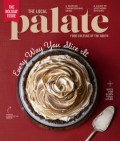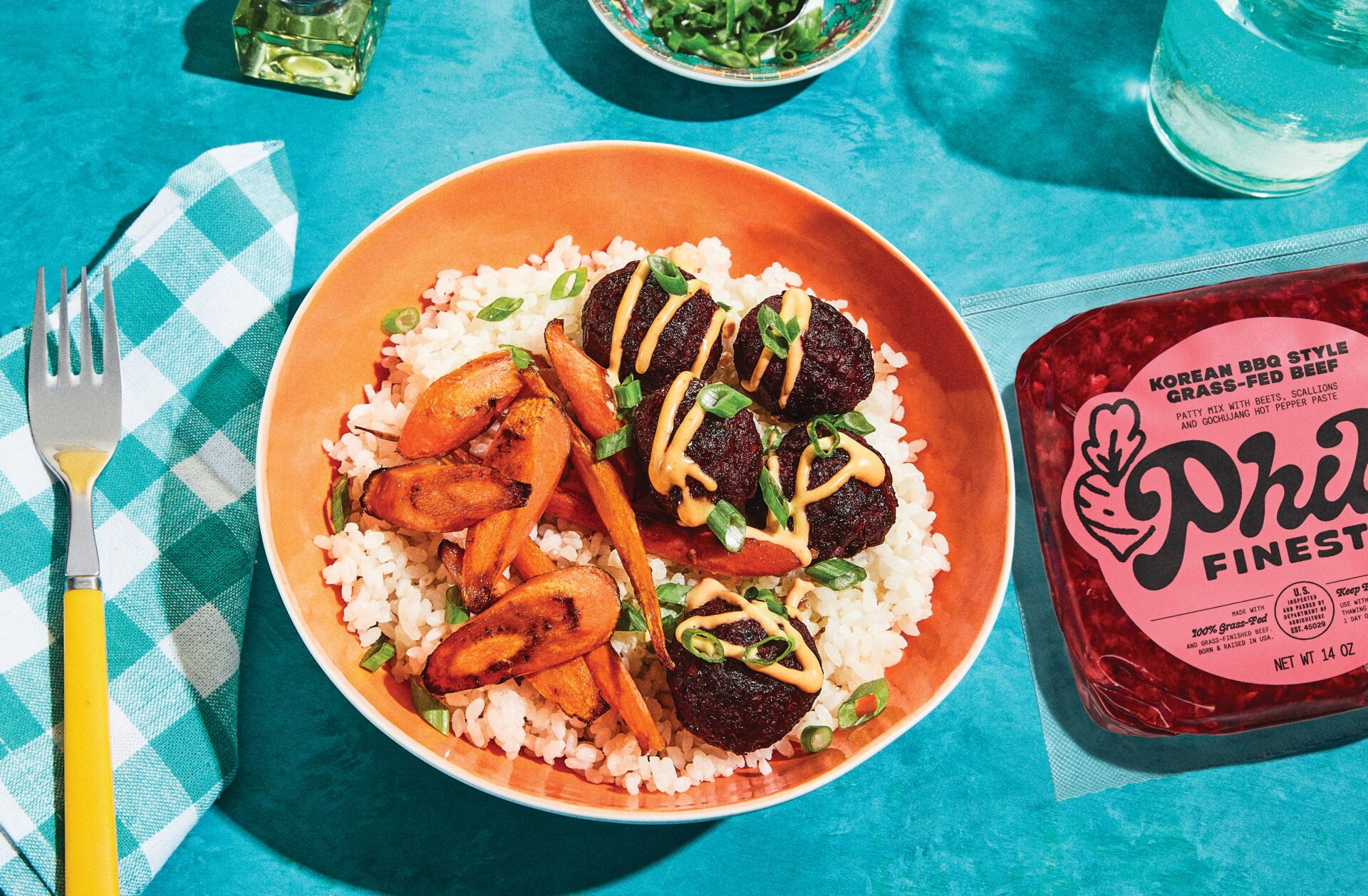Our chef columnist shares the reasons behind—and intricacies of—pivoting a concept in its first year of opening

Nine months of running my first brick-and-mortar flew by in an instant. The lessons I’ve learned are growing by the day as the space evolves on its own terms—some of which have gone against what I thought would be the best approach for the business. For example, the city I live in?Totally not ready for a fast-casual Sri Lankan joint. My clientele? They want to sit and hang out instead of having what I thought would be a “take-it-and-go” mentality.
So, our space had to evolve, and I did too.
Initially, I’d wanted the volume of the Snack Shop to support a program I affectionately
named The SnackEasy. In my head, The SnackEasy was meant to be a speakeasy just for
snacks—if savvy diners knew the way to get in, a world of deliciousness would open up. It was meant as a callback to our early pop-up days: The only folks who could get food there were the ones plugged in and in the know.

Our few test runs of The SnackEasy concept, which is tucked into the back of the Snack Shop, were packed and massively encouraging; a holiday bar pop-up further solidified the demand for a cocktail-and-higher-end-snack-oriented space. Still, I hoped the fast-casual side of
the restaurant would garner the same level of enthusiasm—but being set back in a smaller development and surrounded by other fast food options put a dent into that plan. We could have survived with the original concept, but I knew it would be a long road that, frankly, didn’t seem quite as fun.
As time progressed, our special SnackEasy nights got more attention, and the “cook what I feel like, really, really well” model eclipsed the Snack Shop’s fast-casual program to a point we could not ignore. The tiny dining room I’d planned as my own secret restaurant retreat took over the entire space, and suddenly I was faced with the decision of sticking with the slow growth approach of a more hands-off concept—rooted in fast-casual sandwiches—or to go all in on a menu that is more reflective of me, my journey, and my desire to embrace creativity and fun.
The eye-opener for me was when we put on a spur-of-the-moment caviar, champagne,
and fried chicken dinner. Tickets for the intimate event sold out in less than 48 hours, and every
diner was enthusiastic and joyful about the entire experience. It was a light bulb moment, and
less than a year into opening my Snack Shop, I decided to completely change the concept in
order to make us happier as a crew and more concentrated in our efforts. After that wildly
successful dinner, with the blessings of my team, I opted to pivot to a completely different
service model and dinner-only menu.
Pivoting is a concept I’d hoped to be done with by the end of 2020—endless maneuvers
of attempting to feed service industry professionals amid a global pandemic left me weary,
hoping for some normalcy in a day-to-day restaurant operation. Normalcy, however, is not what
the first year of restaurant operation resembles in any way, shape, or form.

As I write, the remaining crew is in the midst of the first full week of dinner
service—without managers, they’re working together and supporting one another in everything from prep to service to dishwashing. No one person has a singular duty, and the support of one another helps them power through the endless challenges of running a restaurant. I open the kitchen most days, adjusting menus and toying with new ideas alongside my cooks, who work shorter days together, using a team mentality to improve every dish by leaps and bounds. They bond over family meal and use it as a chance to try out ideas for specials and new menu items.
Today, Snack Shop customers have a larger menu with much more variety, including weekly specials that have become a testing ground for menu additions. Housemade pasta is now a main component of our most popular main dish, a creamy crab curry fettuccine with my mom’s recipe as its base. Even though it isn’t quite Sri Lankan, a chicken parm sandwich (rarely available in the South, trust me) has become a menu mainstay as well.
By the time I return home at the end of the night, all I am able to do is melt into my couch, too tired to move. I often opt to just fall asleep in place, ready to lather, rinse, and repeat as soon as one of my hounds decides it’s time for me to get back to the Shop. I may be worn out at the end of the day, but I am also totally energized to push myself creatively—and my staff is as well.
The SnackEasy still exists for 14-person dinners, all based on menus or ingredients I’m
feeling at the moment, or offerings from nationally recognized guest chefs—so my secret snack
den hasn’t been completely lost; it just shares space with a larger concept from time to time. I am
excited for the opportunities to highlight local farmers while finally giving a home to the dishes
that helped me build my reputation across the country. It seems only right that I flex my best
efforts at home—and if the rapidly filling reservations are any indication, Lexington is as ready
for it as I am.
keep reading
Fore-Front
Taste Memories | Listen
Tuk Tuk Snack shop proves how capturing elusive bites from the past can move a menu forward and create a unique Sri Lankan experience.
In the Field
10 Southern Innovators Changing the Game
These 10 innovators are taking action to tackle big food-focused issues around the Southeast and working hard to change the game.
In the Field
Growing Tomorrow’s Business Leaders
Halcyon House is a Washington, DC incubator where start-up entrepreneurs with a vision for lasting sustainable impact learn to be successful.










